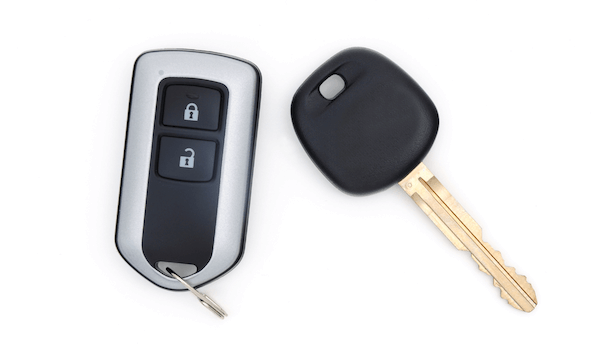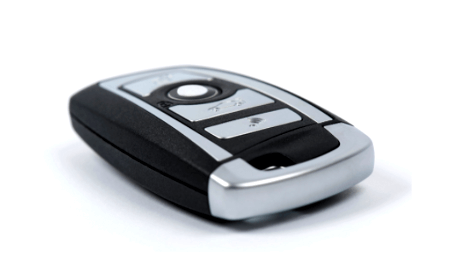AUTOCRYPT, a leading global provider of digital key and automotive cybersecurity solutions, announced its participation at the 2026 Consumer Electronic Show (CES) in Las Vegas from January 6-9, where it will present its foundational and future-ready security solutions.
Showcasing technologies that protect every layer of mobility, AUTOCRYPT will demonstrate three interconnected domains of expertise:
- End-to-End Vehicle Key Management System: AUTOCRYPT’s key management infrastructure provides full-lifecycle generation, distribution, authentication, and access control of cryptographic keys across both on-board and off-board environments. By combining Public Key Infrastructure (PKI) and the Key Management System (KMS) with hardware-based protection through Hardware Security Module (HSM) and isolated execution via Trusted Execution Environment (TEE), cryptographic keys and digital access credentials are stored, transmitted and verified in a tamper-resistant manner. A demonstration of AUTOCRYPT’s digital key system featuring secure vehicle-user communication and cross-account key sharing will be available on-site.
- Connected Mobility Security: Supporting safe interactions between the vehicle, user, environment and charging infrastructure, AUTOCRYPT provides robust and interoperable systems for Digital Key, Vehicle-to-Everything (V2X) communications, and Plug&Charge (PnC). These technologies support OEMs and mobility operators in meeting rigorous automotive safety and quality standards while enabling trusted connectivity across all mobility touchpoints.
- Next-Gen Vehicle Security with Lifecycle Management: Adopting a holistic approach to automotive cybersecurity across every stage of the vehicle lifecycle, AUTOCRYPT will showcase AI-enabled risk assessment and automated testing solutions. This includes AI-based Threat Analysis and Risk Assessment (TARA) Automation, which applies AI-generated inputs to accelerate and strengthen fault injection and vulnerability testing. The Cybersecurity Testing Platform (CSTP) provides integrated validation aligned with global standards such as UN R155/156 and ISO/SAE 21434. CSTP Fuzzer, a core component of the platform, recently passed Amazon Web Services’ (AWS) Foundational Technical Review (FTR), enabling scalable, cloud-based security testing and proof-of-concept (PoC) deployments.
“As we reinforce our foundational security pillars and introduce future-ready, AI-driven capabilities, we remain committed to protecting all parts of the vehicle and mobility landscape,” said Seokwoo Lee, Founder and CEO of AUTOCRYPT. “By delivering tailored digital infrastructure solutions for OEMs, suppliers and end users, we will continue expanding our global ecosystem through strategic collaborations.”
Exhibiting at CES for the third consecutive year, AUTOCRYPT continues to demonstrate technological innovation within the automotive cybersecurity space. With additional on-site events to be announced, attendees are encouraged to visit AUTOCRYPT’s booth #4667 at the Las Vegas Convention Center’s West Hall for demonstrations and in-depth discussions with the company’s team of experts. Meetings are available by reservation only. Book a meeting at https://calendly.com/autocrypt_global/.
To learn more, visit autocrypt.io.
About Autocrypt Co., Ltd.
AUTOCRYPT is the leading player in automotive cybersecurity. It specializes in the development and integration of security software and solutions for in-vehicle systems, V2X communications, Plug&Charge, and fleet management, paving the way towards a secure and reliable C-ITS ecosystem in the age of software-defined vehicles. Its comprehensive suite of automotive cybersecurity testing services and platforms includes the award-winning AutoCrypt CSTP, which supports automotive OEMs and suppliers in meeting regulatory standards ilke ISO/SAE 21434, UNECE WP.29 UN R155, and CRA.



